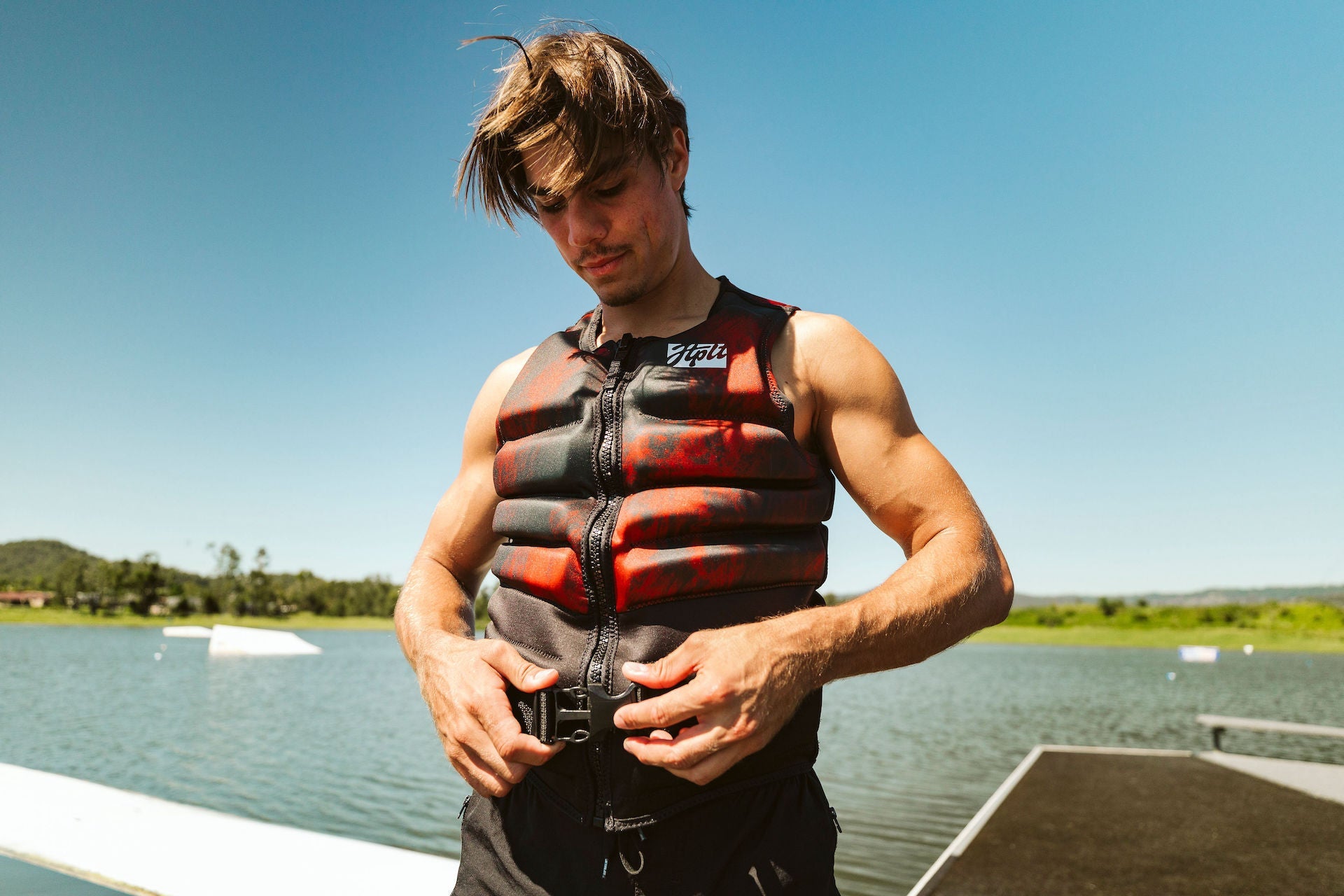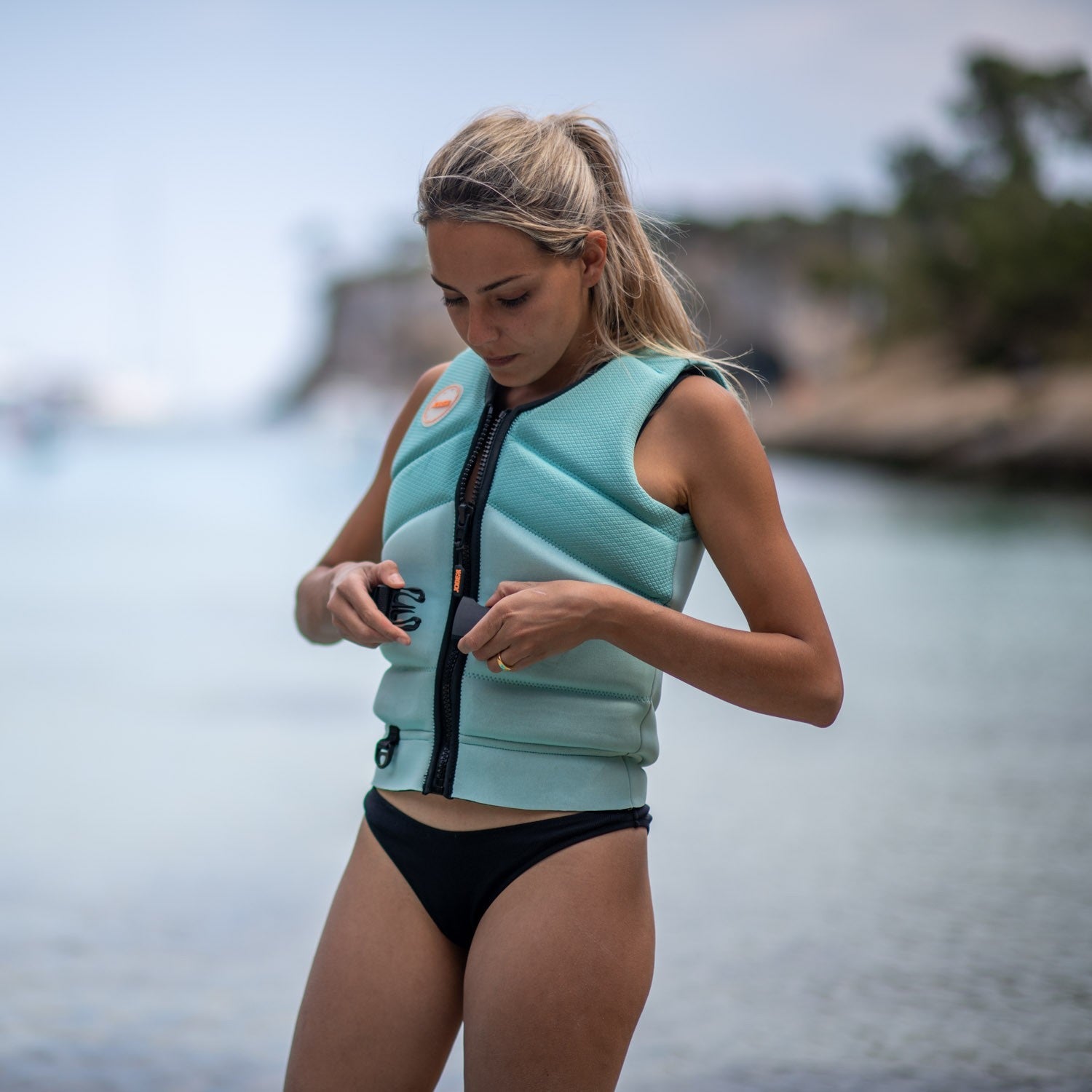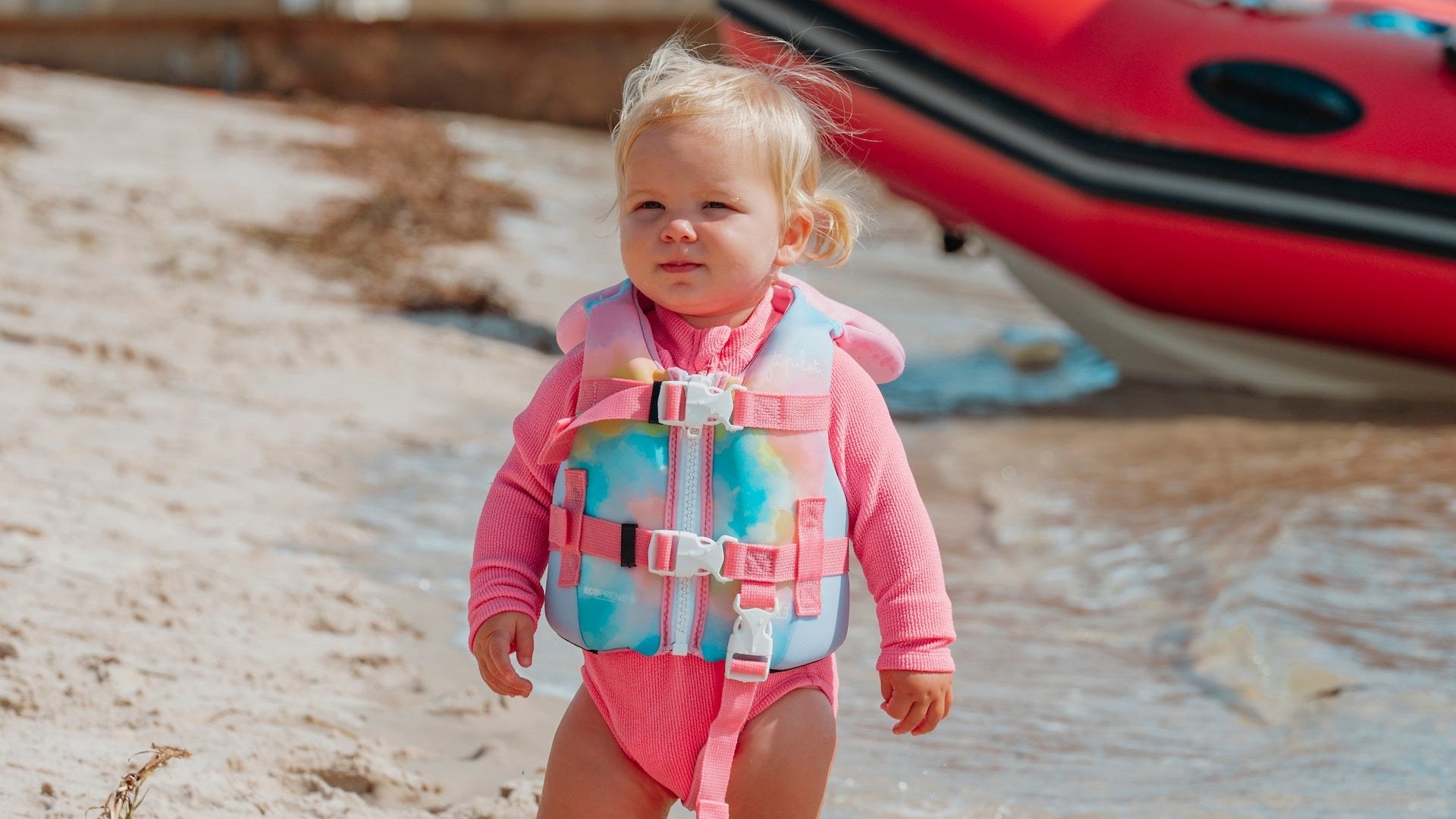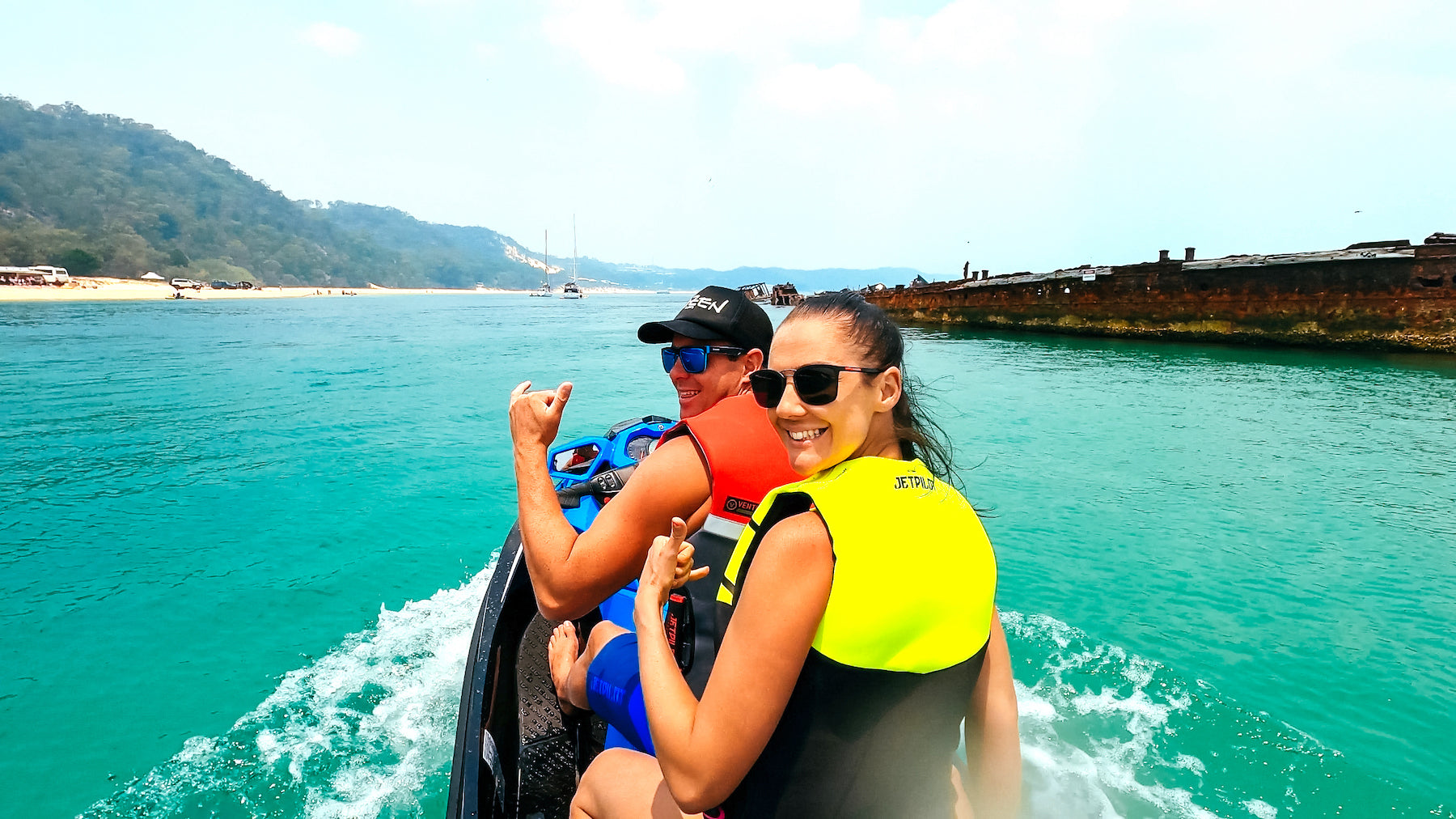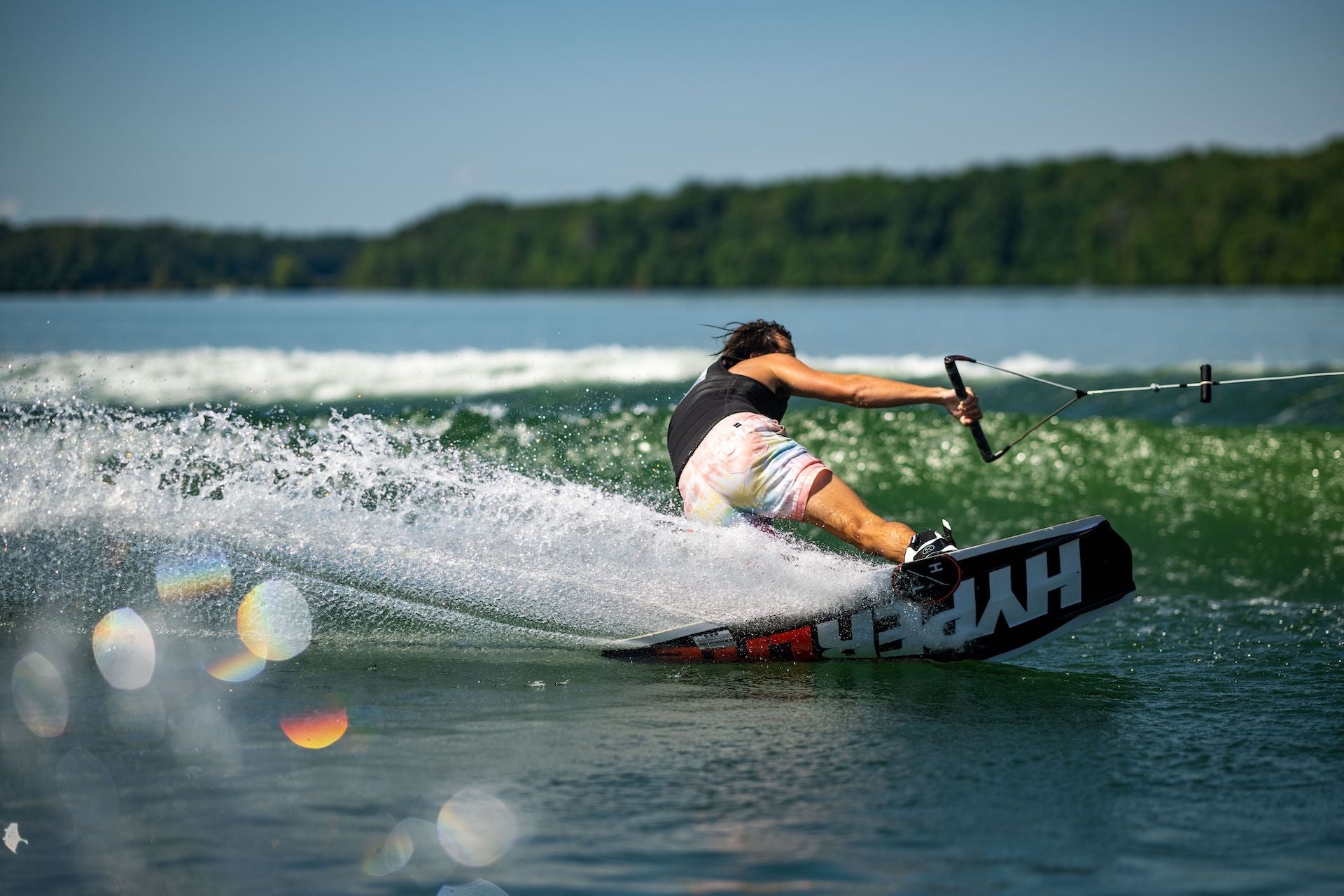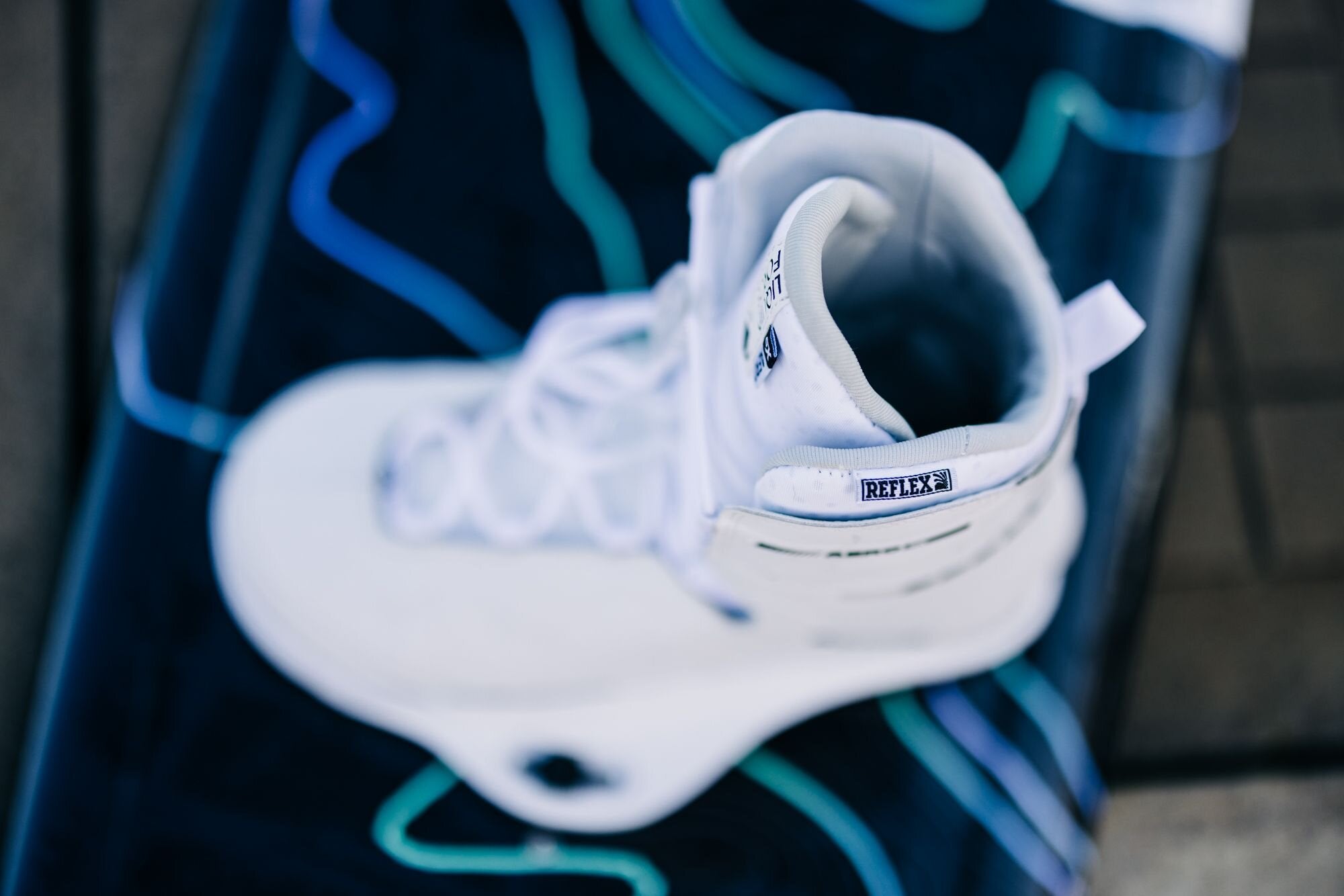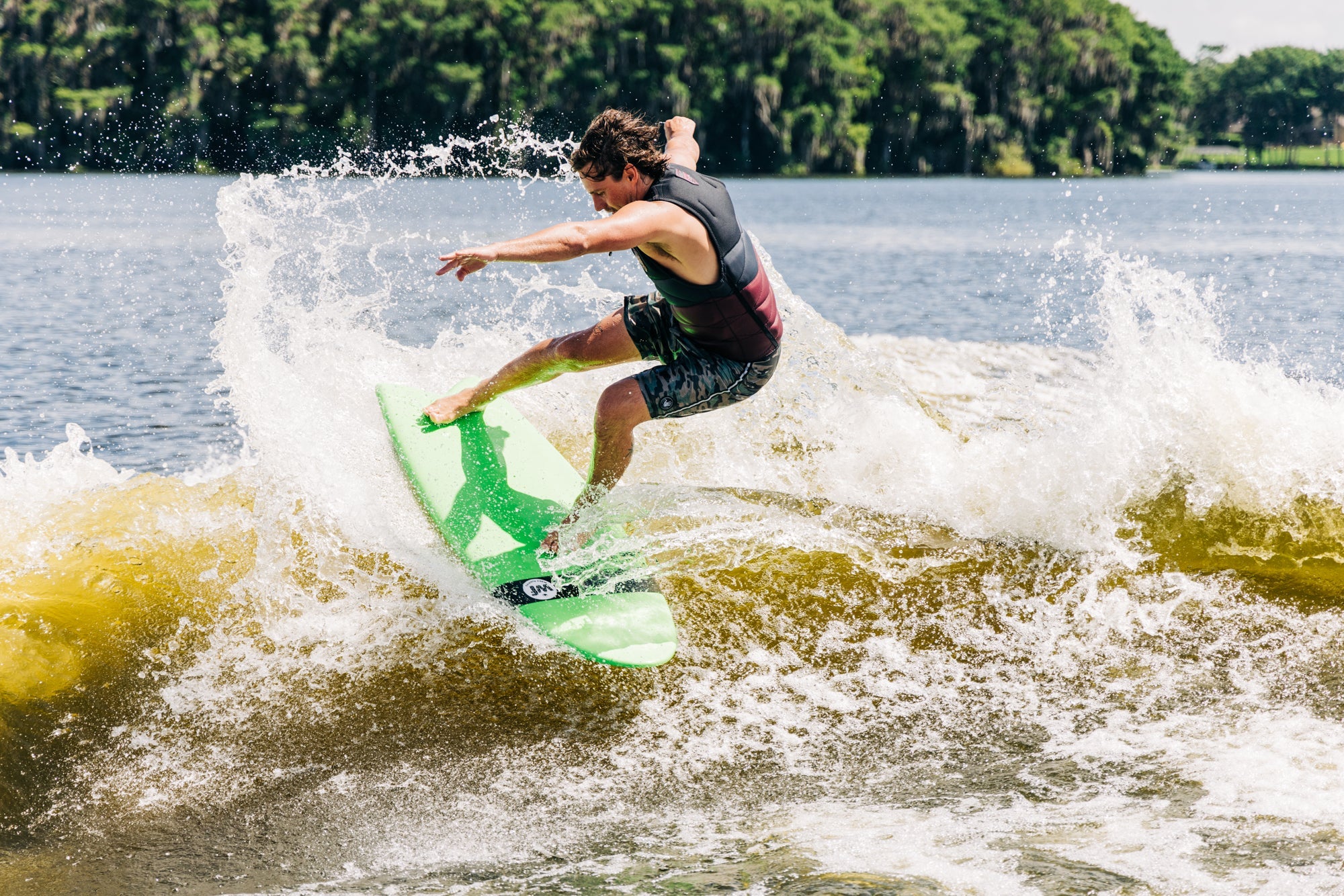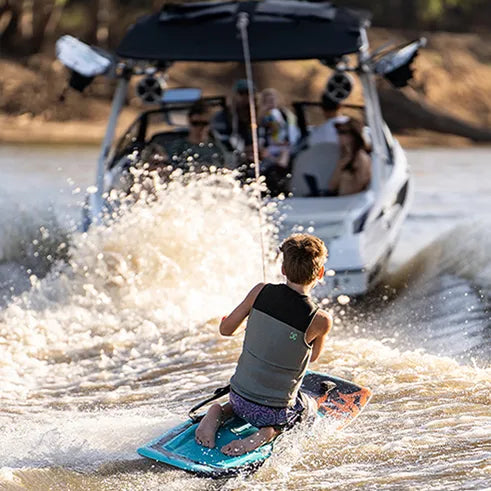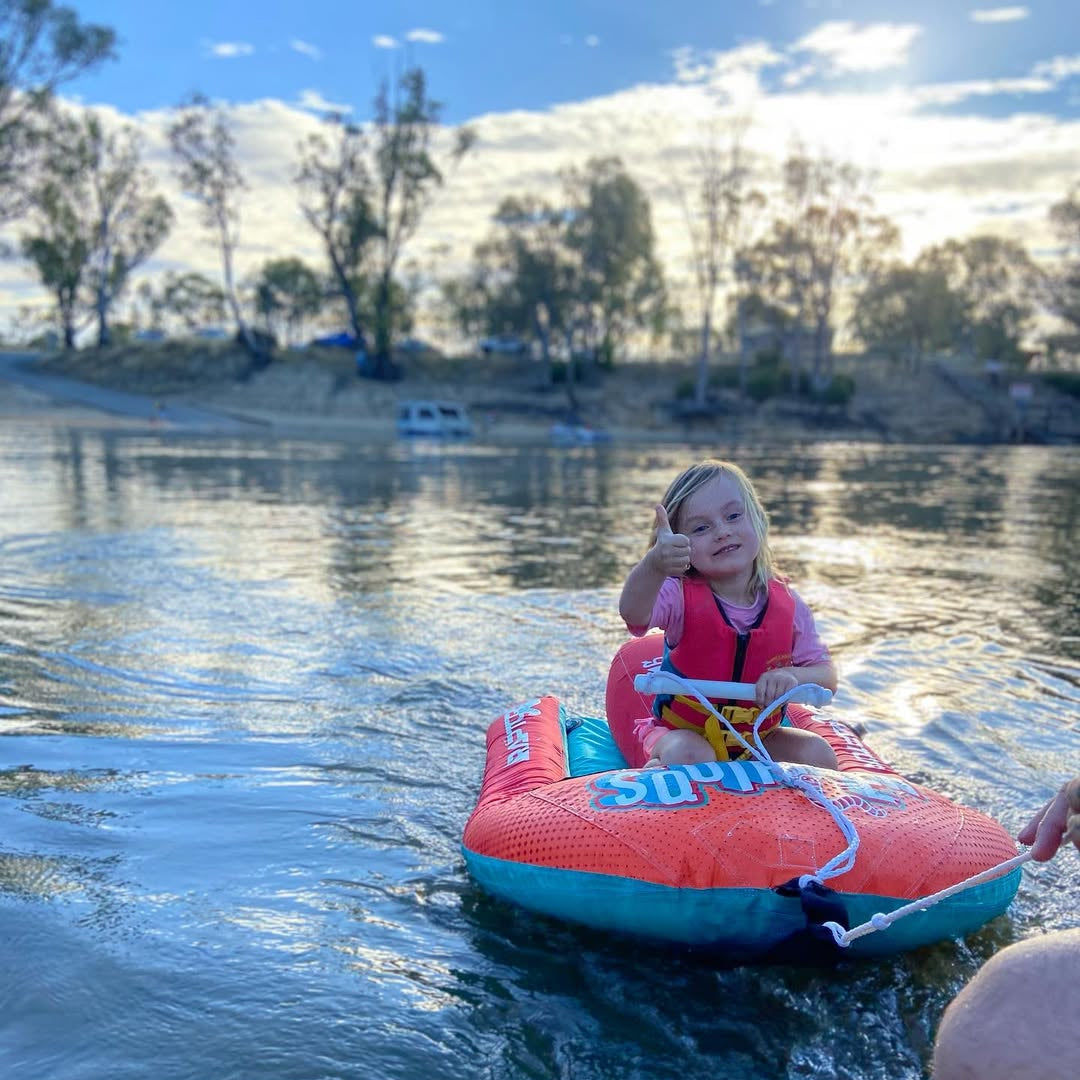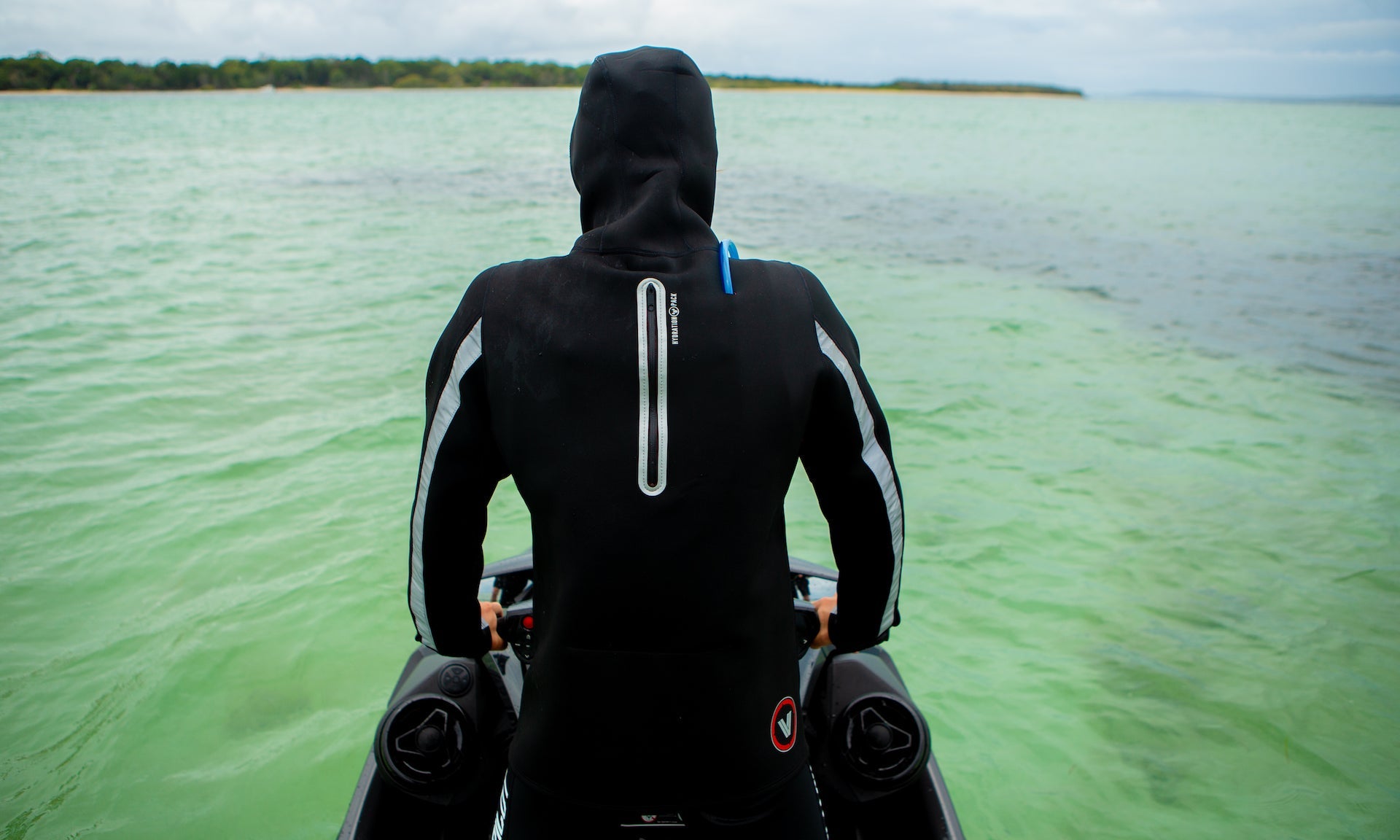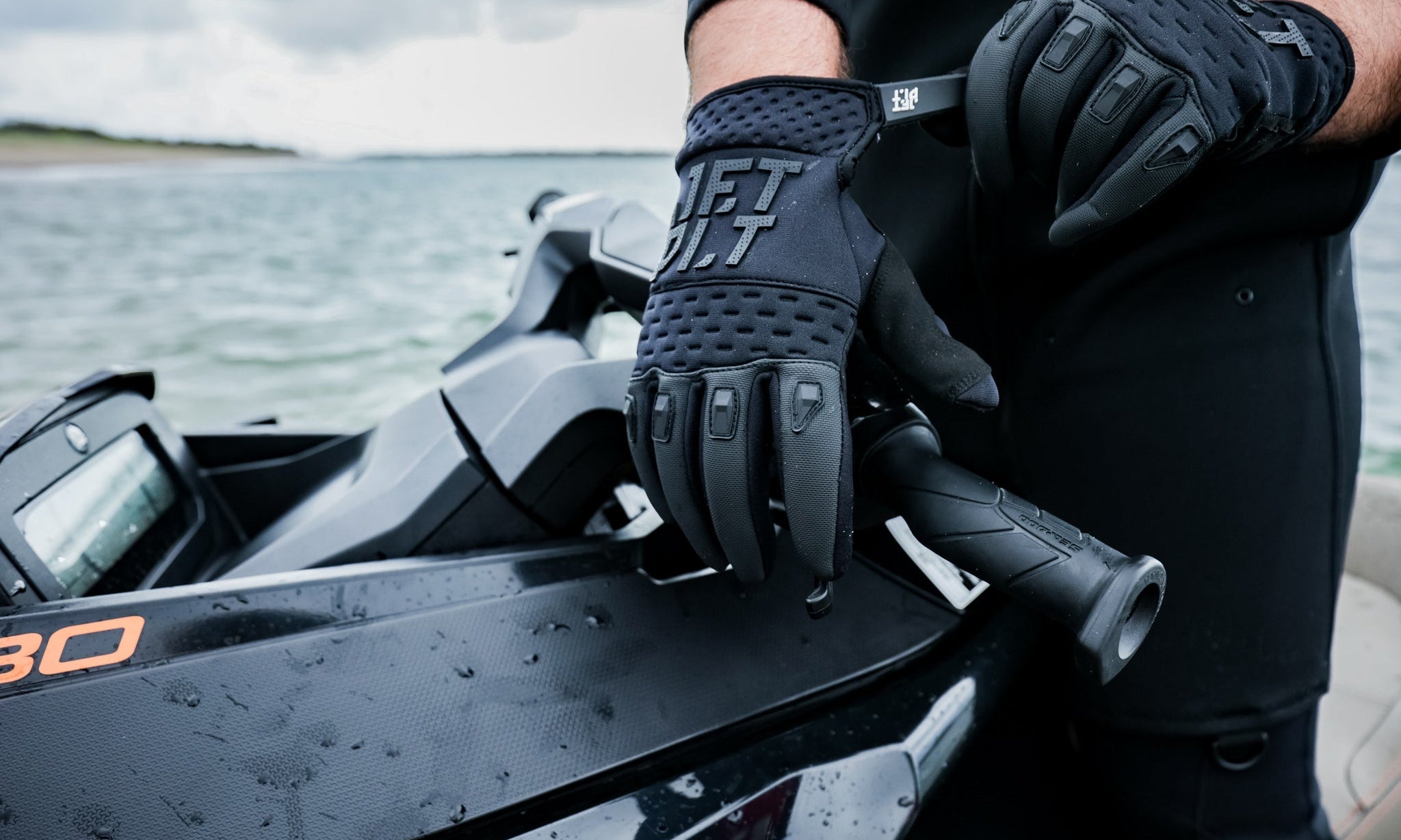Water temperature matters more than air temp when riding in winter. This guide explains what’s safe, what’s risky, and what gear you’ll need to stay warm and protected.
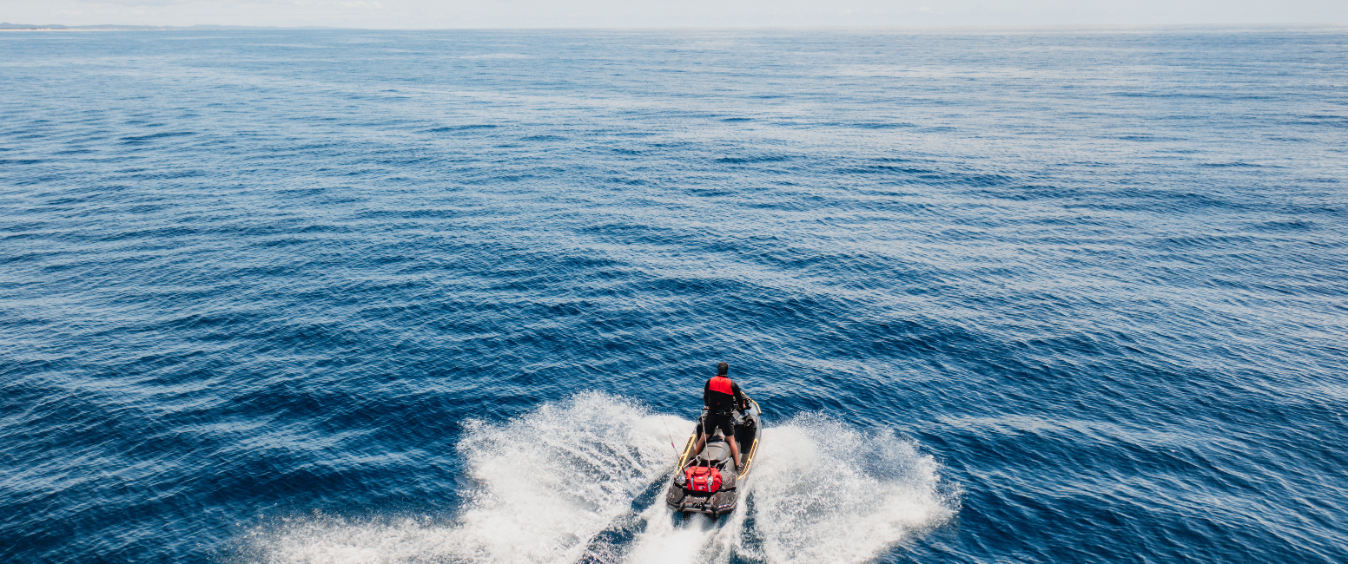
If you’re wondering whether it’s too cold to ride your jet ski — you’re not alone. Winter riding can be some of the best riding of the year, but only if you’re properly prepared. The real question isn’t about the air temperature — it’s the water that matters most.
Why Water Temperature Is Key
Unlike air, water pulls heat away from your body much faster. Even in relatively mild conditions, cold water exposure can lead to rapid cooling, numb hands and feet, and in extreme cases, cold shock or hypothermia. That’s why the smartest riders don’t just dress for the day — they dress for the water.
Here’s a rough guide to what’s considered safe, risky, and seriously cold when it comes to jet ski conditions:
| Water Temp | What It Means for Riders |
|---|---|
| 22°C+ | Ideal. You’ll stay comfortable with just a wetsuit top. |
| 18–21°C | Manageable with a full steamer and some wind protection. |
| 14–17°C | Cold. Gloves, boots, and a tour coat are strongly advised. |
| <14°C | Very cold. Requires full winter kit and careful planning. |
Other Factors That Can Make It Feel Colder
-
Wind chill: Even a light breeze at 50km/h on the water drops perceived temperature fast
-
Ride time: The longer you're exposed, the faster you’ll feel the cold
-
Wet gear: Anything wet off the water gets colder the second you stop moving
Bottom Line:
There’s no exact cutoff, but below 18°C water temp, you need to be thinking about full protection — including your core, hands, and feet. Under 14°C, the margin for error shrinks fast, and it’s only worth riding if you’re well-prepared and experienced.

